The Marvel universe isn't the only place where insects and other invertebrates have superpowers. Mason faculty, staff, and students are studying and explaining the many roles these creatures play on our planet, learning more about a bug's life—and the big world surrounding them—every step of the way. Here's a recap of some of those stories.
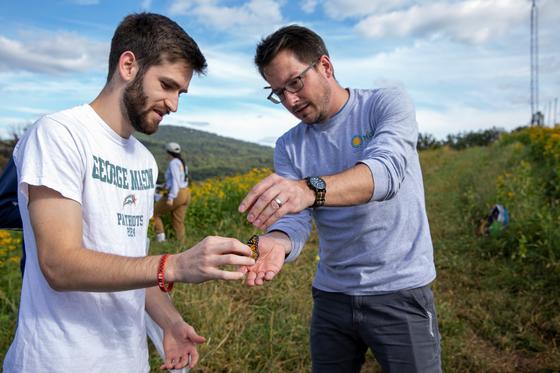
Monarch butterflies teach us how to protect them through their grand migration
Many creatures migrate to warmer habitats for the winter, but no insect does so quite as uniquely and spectacularly as the monarch butterfly, an endangered species. Undergraduates from the Smithsonian-Mason School of Conservation‘s Wildlife Ecology and Conservation program tagged monarch butterflies on their journey south to help researchers better understand their grand migration. Read more.
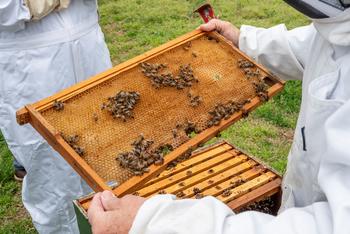
Honeybees and their honey could help solve crimes
An unlikely collaboration between Mason’s Honey Bee Initiative and the new outdoor Forensic Science Research and Training Laboratory could yield critical advances in forensic science. Read more.
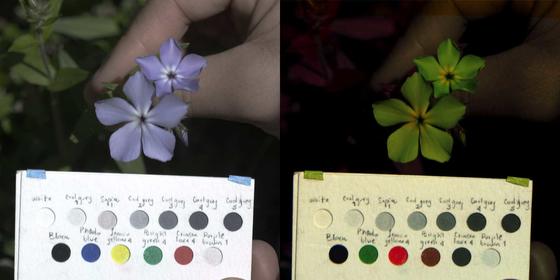
Bees can see ultraviolet (UV) colors, which are invisible to the human eye
When a bee sees a flower, it knows where to land thanks to its ability to see UV color patterns on the petals. A team at the Smithsonian-Mason School of Conservation helps reveal what pollinators see, and why it matters for the future of conservation. Read more.
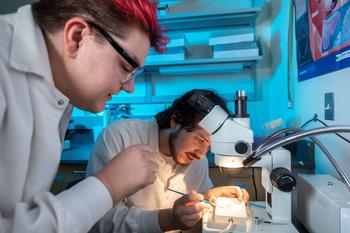
Fruit fly behavior may reveal the impact of genes and disease on sleep
Assistant Professor of Neuroscience Ren Guerriero's teaching lab in the College of Science is using fruit flies to learn about the impact of genes and disease on sleep. Undergraduate researchers are investigating novel sleep-related genes by manipulating them genetically to see how they affect sleep and activity behavior. Researchers are also increasing and decreasing sleep in Alzheimer's disease model flies to determine how this impacts their Alzheimer's symptoms.
Worms are soil magicians
Worm bin composting in Mason's Greenhouse and Gardens turns biodegradable waste into healthy soil. Watch the video tutorial featuring Doni Nolan, Greenhouse and Gardens program manager.
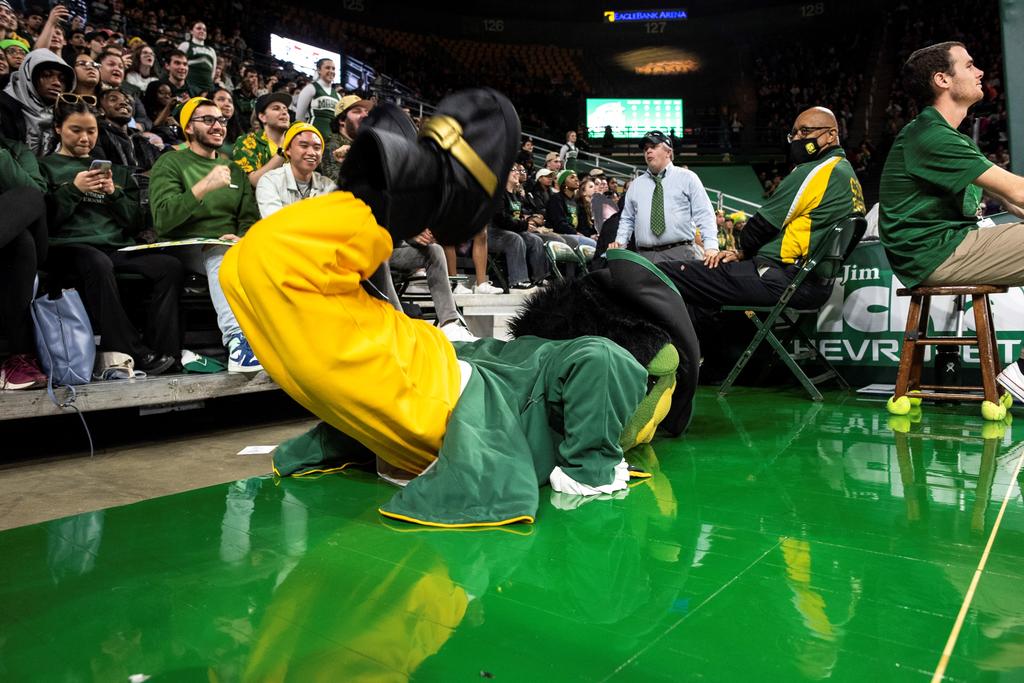
What's the Patriot's favorite dance move? The worm.
